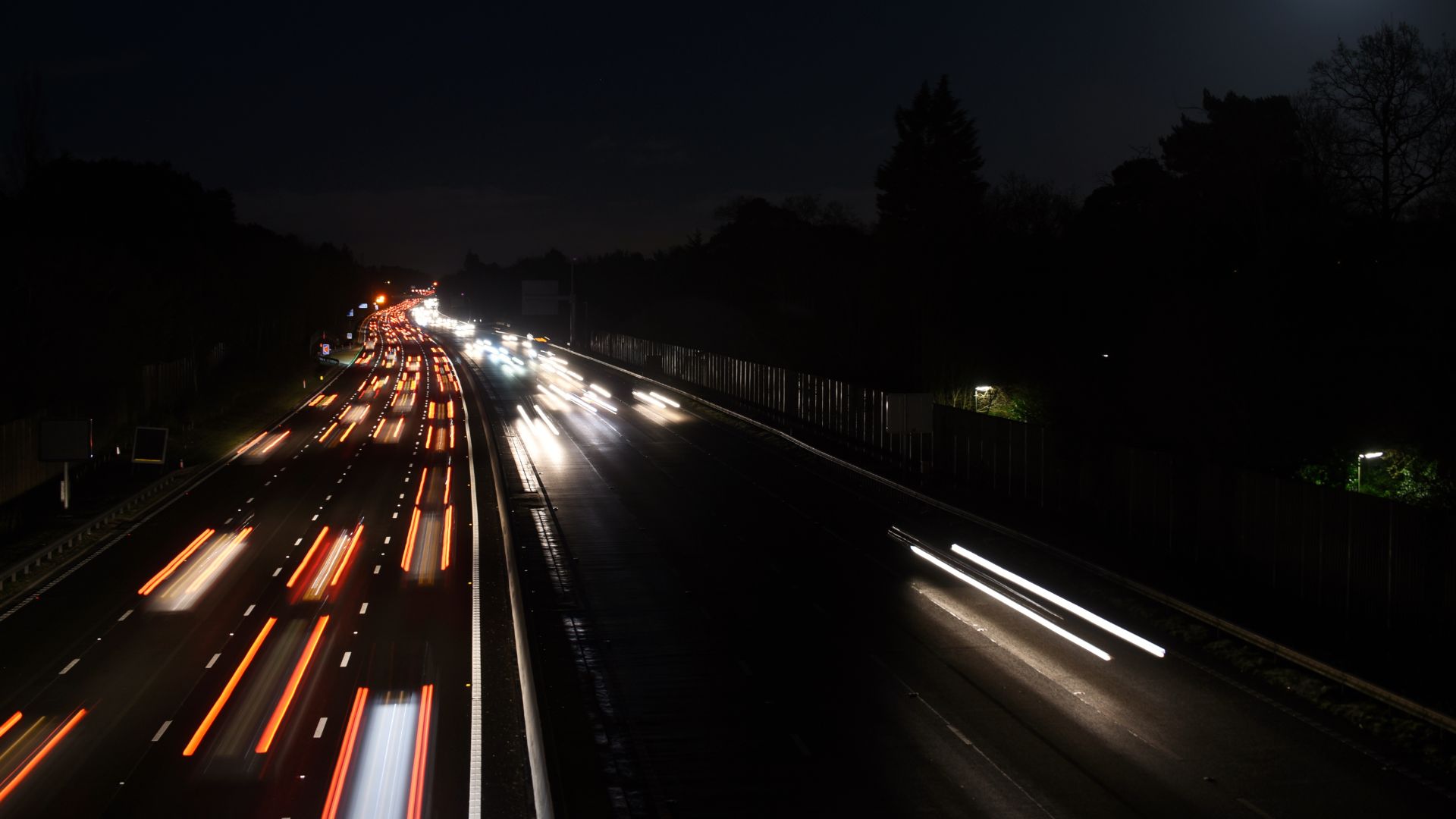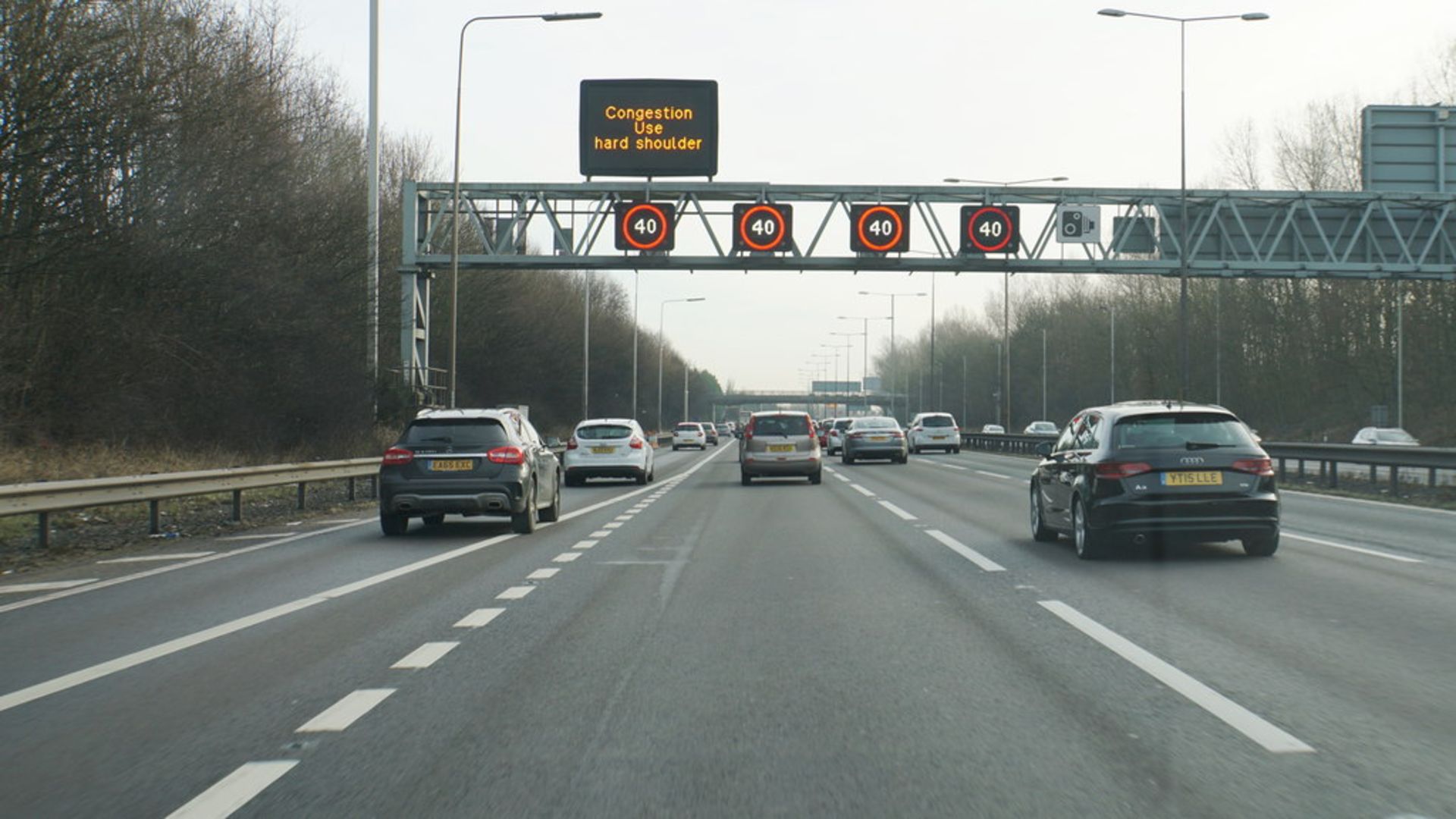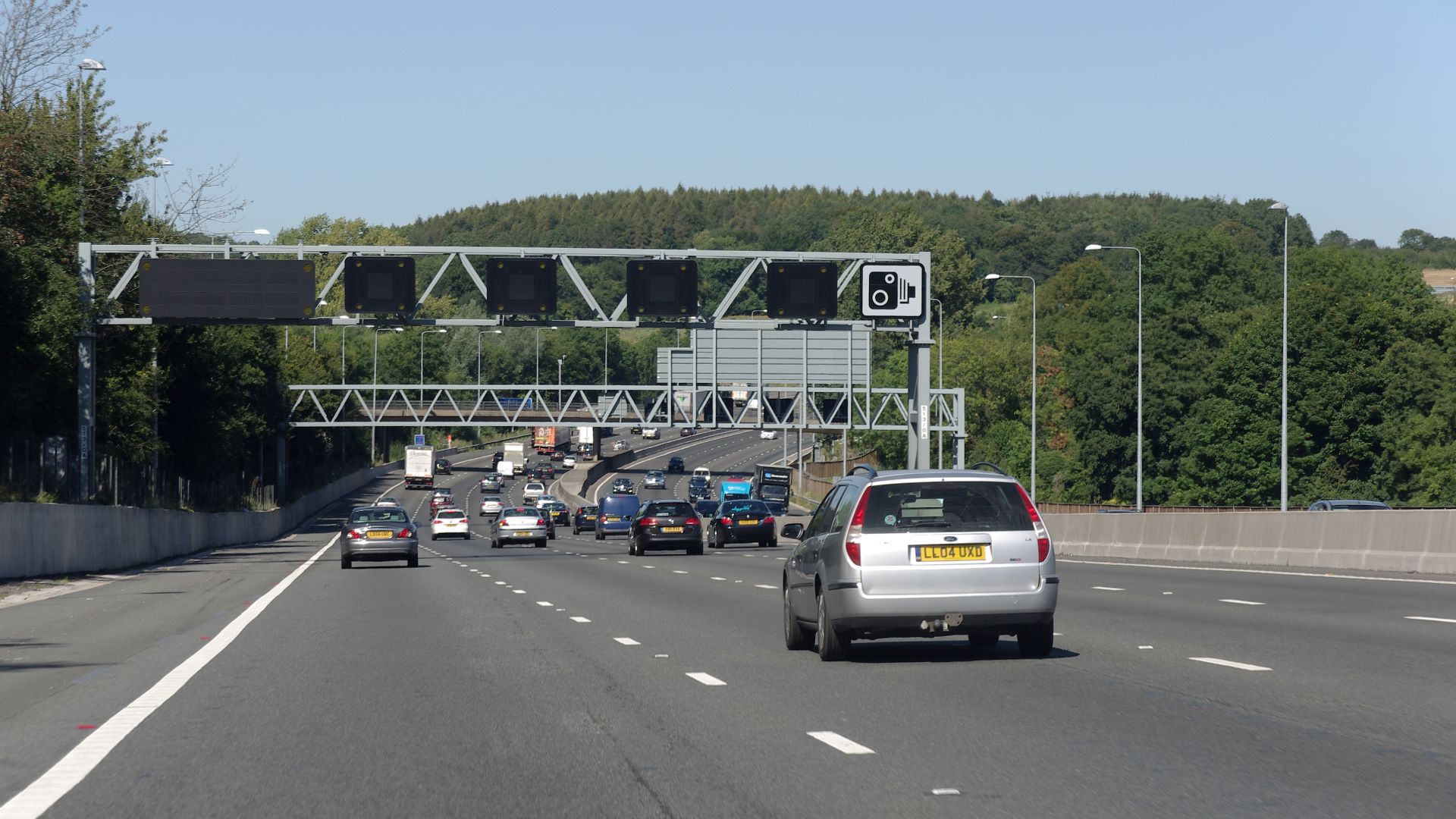
It’s been revealed that the Stopped Vehicle Detection (SVD) systems currently in use on the M25 and proposed for other smart motorways aren’t always effective. This is because it generates an “unmanageable amount of false alarms” when there is a high volume of traffic.
According to documents obtained by The Sunday Times, there is no way to detect a stopped car when the volume of traffic exceeds a certain level. Similar issues occur when speeds drop to crawling pace. On average, drivers spend 17 minutes in live lanes before they are detected as being stationary.

In a letter, Britain’s chief highways engineer, Mike Wilson, wrote: “the density of traffic at higher volumes means it is very difficult to detect stopped lone vehicles without an unmanageable amount of false alarms”. This letter was contained within inquest documents pertaining to the case of Dev Naran, an eight-year-old killed in a collision on a smart section of the M6. He was in a stationary car hit by a lorry between junctions five and six.
“I remember the night the police officers came to tell me that Dev had died,” Dev’s mother said in a statement.
“Even they told me smart motorways are dangerous. Why won’t Highways England and the government accept the truth?”

It seems that SVD isn’t the comprehensive solution that’s needed, even as the government moves to deploy it country-wide. At the moment, smart motorways aside from the M25 rely on a Motorway Incident Detection and Automatic Signalling (Midas) system.
At present, there are 13 ‘all lane running‘ sections of motorway where the hard shoulder has been removed, on the M1, M3, M5, M6 and M25. Nine were killed on the UK’s smart motorways last year. Five came within ten months on a section of the M1 near Sheffield.